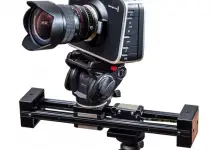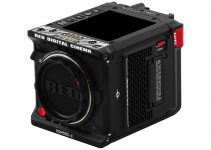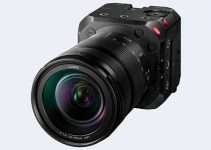Just when you thought, that DaVinci Resolve couldn’t get any better, BlackmagicDesign decided to surprise us all with another major update of the platform boasting even more features and enhancements than the last time. This software update adds ProRes decoding on Windows and no longer requires QuickTime 7 for Windows. Key video editing features such as trimming and multicam performance are also significantly improved as DaVinci Resolve 12.5.1 now uses its own native 64-bit code to read and write .mov files. In addition, new ResolveFX such as Generate Color and Tilt-shift Blur have been added, and GPU acceleration has been improved for existing plug-ins. But, the list of improvements doesn’t end there. DaVinci Resolve 12.5.1 also adds supports for Ultra HD H.264 renders on Windows, HEVC (H.265) decoding on Linux, alpha channel support for DNxHR 444, support for the Sony X-OCN format, improved AAC encoding, improved handling of AVCHD .mts clips and much more.
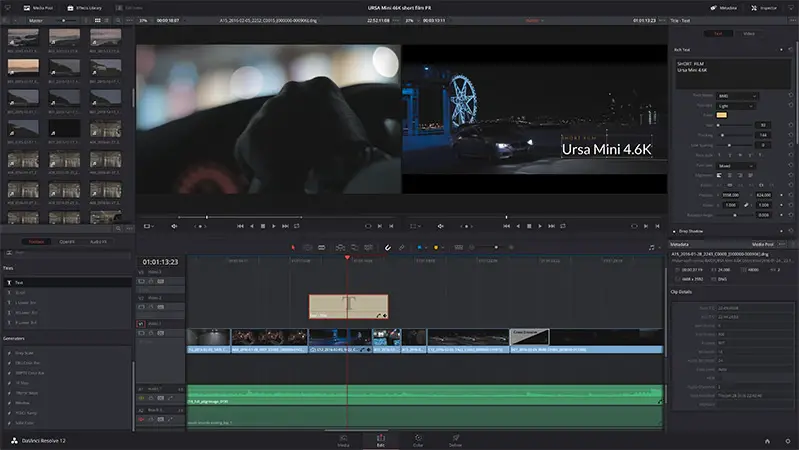
If DaVinci Resolve is already your NLE of choice, with the latest 12.5.1 version you can now make selections based on flag, marker and clip colors. EDLs are also updated as these now include durational markers as well as the consistency of edit functions has been improved when the timeline is in full-screen mode.
The Color page of DaVinci Resolve 12.5.1, on the other hand, now features faster Spatial Noise reduction in “better” mode, the ability to align keyframe timelines of color grades, new support for box wipe mode when using offline reference clips, improved listing of mattes in the node graph, enhancements to the 3D and Qualifier panel layout in dual screen mode and more. Overall, these brand new features should help editors and colorists greatly speed up some of the routine tasks they perform on a day-to-day basis.
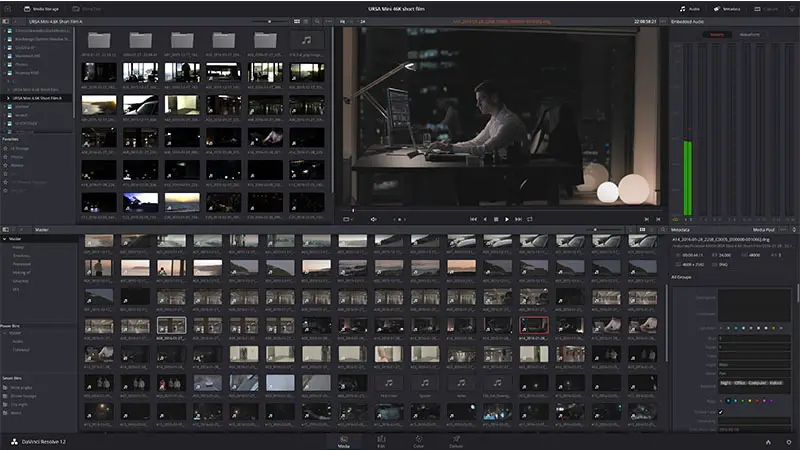
Below you’ll find all the latest improvements and enhancements that DaVinci Resolve 12.5.1 has brought to the table.
Edit Improvements
- Improved 2-up and 4-up, multicam and playback performance when using QuickTime ProRes on Windows
- Added menu items to allow selection of clips based on Flag, Marker and Clip colors on the edit timeline
- Added ability to import and export duration markers using EDL
- Added the ability for clips to snap to their own markers when adjusting In and Out points
- Improved consistency of edit functions when Timeline is in full-screen mode
- Added support for box wipe mode for offline reference wipe
- Added ability to extract AAF import log information as timeline markers
Color Improvements
- Improved performance for Spatial Noise reduction in Better mode
- Improved listing of attached and timeline mattes in the node graph with support for alphabetical listing
- Added ability to apply grades from a reference wipe using the viewer context menu
- Added ability to align keyframe timelines of color grades using playhead position and wiped still frame
- Next node and previous node operations now loop around the node graph
- The ‘displayed’ node graph now automatically updates when the current still is changed
- Swapping nodes now also swaps the node labels
- Rippling grades now also copies node labels, Power Window labels and node cache settings
- Shift Up + Next Still will now append grade from the current still on the advanced control panel (Studio version)
- Added support for left eye and right eye grades for the timeline node graph (Studio version)
- Added ability to convert a mono timeline into stereoscopic 3D (Studio version)
- Added ability to convert a mono clip into stereoscopic 3D (Studio version)
- Added support for sequence and node render caching for stereoscopic clips and timelines (Studio version)
- Added compensation for stereoscopic slip when exporting timecodes in ALE (Studio version)
- Added support copying DolbyVision grades using stills and middle click (Studio version)
- Improved 3D and Qualifier panel layout in dual screen mode
- Improved behavior to stay in the same frame when joining two clips
Resolve FX Improvements
- Added ResolveFX Generate Color (GPU accelerated)
- Added ResolveFX Tilt-shift Blur
- Added support for anamorphism in ResolveFX Lens Blur (Studio version)
- GPU acceleration support for ResolveFX Lens Flare (Studio version)
- Ability to adjust Shadows/Midtones/Highlights in ResolveFX Film Grain in all compositing modes (Studio version)
- GPU acceleration support for ResolveFX Emboss, Waviness, Vortex, Ripples, Dent, Mirror
- Improved ResolveFX Scanlines and added various composite modes
- Ability to view the ResolveFX Scanline layer without the background
- Improved border behavior for ResolveFX Gaussian Blur, Directional Blur, Mosaic Blur, Radial Blur and Zoom Blur
- Added support for horizontal/vertical ratio in ResolveFX Glow
- Added support for pan and tilt on ResolveFX Prism Blur
- Improved performance for ResolveFX Light Rays
- Improved performance for ResolveFX JPEG Damage
Media Improvements
- Added new Import Media options to File menu and Media Pool context menu
- Added support for stereoscopic 3D clips in Media Management (Studio version)
- Added support for display drive names in Media Storage on Windows
- Addressed issues with open file location from Media Pool on Linux
- Added Source Name tag support for filename without extension
- Added support for automatically setting pixel aspect ratio for anamorphic ARRIRAW MXF clips
Codec & Format Improvements
- Added support for ProRes decoding on Windows
- Improved QuickTime decode and encode performance on Windows
- Support for UHD H.264 renders on Windows
- Improved QuickTime decoding and encoding performance on Linux
- Added support for HEVC (H.265) decoding on Linux
- Added support for alpha channel in DNxHR 444
- Added support for the Sony X-OCN format
- Added support for various AAC encode parameters on macOS
- Added support for QuickTime AAC audio encoding on Windows
- Added support for encoding QuickTime Photo JPEG files
- Added support for decoding AVCHD files from the Sony NEX-FS700 camera
- Added support for V-Gamut in RCM for improved Panasonic camera image handling
- Added ARRI LogC to Linear and Linear to ARRI LogC LUTs in VFX I/O
- Addressed decoding of last frame in some Panasonic AVCHD clips
- Improved handling of AVCHD .MTS clips
- Added support for RED SDK v6.2.1
General Improvements
- Alpha-numerical listing of codecs and format in the Deliver and Media Management pulldowns
- When running DaVinci Resolve in window mode, the macOS dock is now visible
- Improved latency for remote grading (Studio version)
- Improved handling of dissolves and overlapping clips in DolbyVision metadata export (Studio version)
- Improved behavior when creating render jobs on locations without write permissions
- General performance and stability improvements
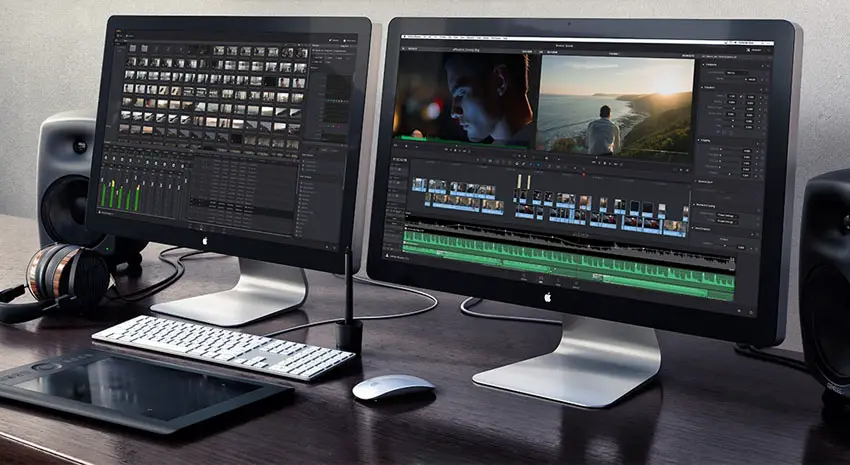
It’s also worth noting that the free DaVinci Resolve 12.5 includes all of the same high-quality processing as DaVinci Resolve 12.5 Studio and can handle unlimited resolution media files. However, it does limit project mastering and output to Ultra HD resolutions or lower. Plus, the free version DaVinci Resolve 12.5 only supports a single processing GPU on Windows and 2 GPUs on the latest Mac Pro.
If you need features such as multicore support, 4K DCI output, motion blur effects, temporal and spatial noise reduction, HDR tools, Lens distortion correction, de-interlacing, Resolve FX Lens Flare, Lens Blur and Film Grain, 3D stereoscopic tools, remote rendering, an external database server and collaboration tools that let multiple users work on the same project at the same time, you’ll need to upgrade to DaVinci Resolve 12.5 Studio. Meanwhile, download the latest DaVinci Resolve 12.5.1 free of charge here.
[source: Blackmagic Design]
Disclaimer: As an Amazon Associate partner and participant in B&H and Adorama Affiliate programmes, we earn a small comission from each purchase made through the affiliate links listed above at no additional cost to you.


